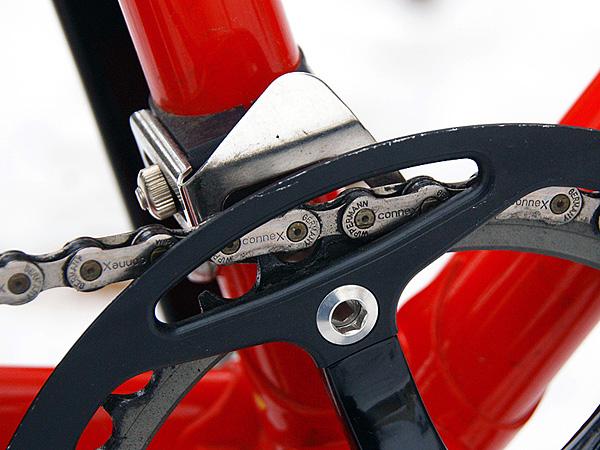Cyclocross or CX racing, (aka: "cross" or "CXX") is mountain biking meets road racing. It's typically an "all-out" effort type event that focuses on every movement based deeply in speed and fluidity. Events usually range from 30 - 60 minutes and laps are typically short.
Riders must have skills from dismounting your bike and conquering obstacles, to climbing hills or pounding the flats, focusing on each individually is key to the steps to master in CX racing; and all while possessing a very anaerobic level of fitness.
Whether you are new to CX or you've been doing it for years, a good place to start your CX season preparation is by advancing your running skills and that's where we'll be starting with the series of articles.
CycloCross Season Article 1: Getting Yourself Ready:
Since Cyclocross is so close to your road and mountain biking experience, typically the best place to begin with training is the running aspect of cyclocross.
In CX races, dismounting your bike at speed and running over obstacles or up short steep hills is common and while it sounds easy enough, it's often one of the harder steps to master in CX racing.
From preparing your dismount to running while carrying your bike to remounting and riding onward!
Whether you are new to CX or you've been doing it for years, a good place to start your CX season preparation is by advancing your running skills.
The overall idea is to get you to run about 20 mins without much effort.
Not a runner? No need to go out and run 5 miles, the idea is to give yourself time to get used to running.
Start with a 3 day a week program designed to take 15-30 mins of your time.
As with anything, easing your way into a program is key to success, no need to
go out and hurt yourself or cause a nagging strain before the season begins, right?
So, choose 3 days a week to begin your running regiment with at least 1 "rest" day in between each workout day.
I usually choose Monday's, Wednesday's, and Friday's.
Week 1:
Monday's Run: Walk 5min | Run 5min | Walk 5min
Wednesday's Run: Walk 8min | Run 8min | Walk 8min
Friday's Run: Walk 10min | Run 10min | Walk 10min
See a pattern? The idea is to allow your body time to warm up, be exercised and cool
down in such a way that it allows your muscles to be worked without becoming sore
or having any pain.
Week 2:
Begin week 2 using Week 1's Friday run and increase from there.
Monday Run: Walk 10min | Run 12min | Walk 10min:
Wednesday Run: Walk 10min | Run 15min | Walk 10min:
Friday Run: Walk 10min | Run 15min | Walk 10min:
Week 3:
Begin Week 3 with Week 2's Friday schedule and up your run time to 17 min on Wed.
and 20 mins on Friday.
So now you can run 20 minutes! What's next? Increase your speed!
We know you have the endurance, but cyclocross is about fast paces and short bursts of
energy.
New focus! Prepare yourself for close to "max efforts" by incorporating short bursts in your training. Move back to a Week 2 schedule, but this time you need to make incorporate 15-30 sec. bursts in every 5 mins. Long enough to tax your body, but short enough that you can recover quickly. Gradually increase the frequency of the bursts (about 1x every 3 mins) as well as move up towards the goal of 30 sec.!
Remember, in a CX race, you'll have to be able to jump back on the bike and pedal your
arse off!
Article 2: Dismounting and Carrying the bike while you run!
This is a crosspost article from CCVA forums.






















